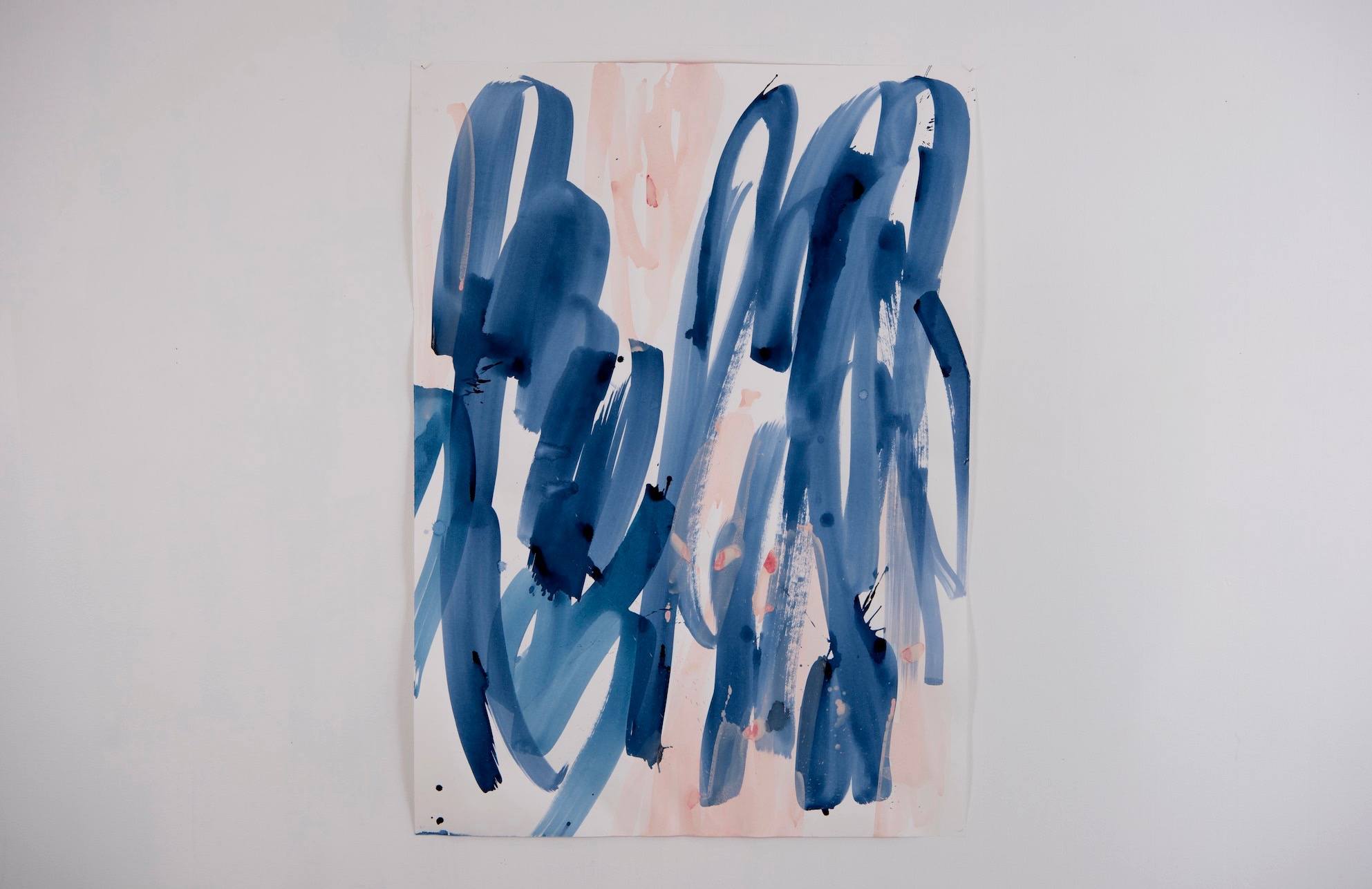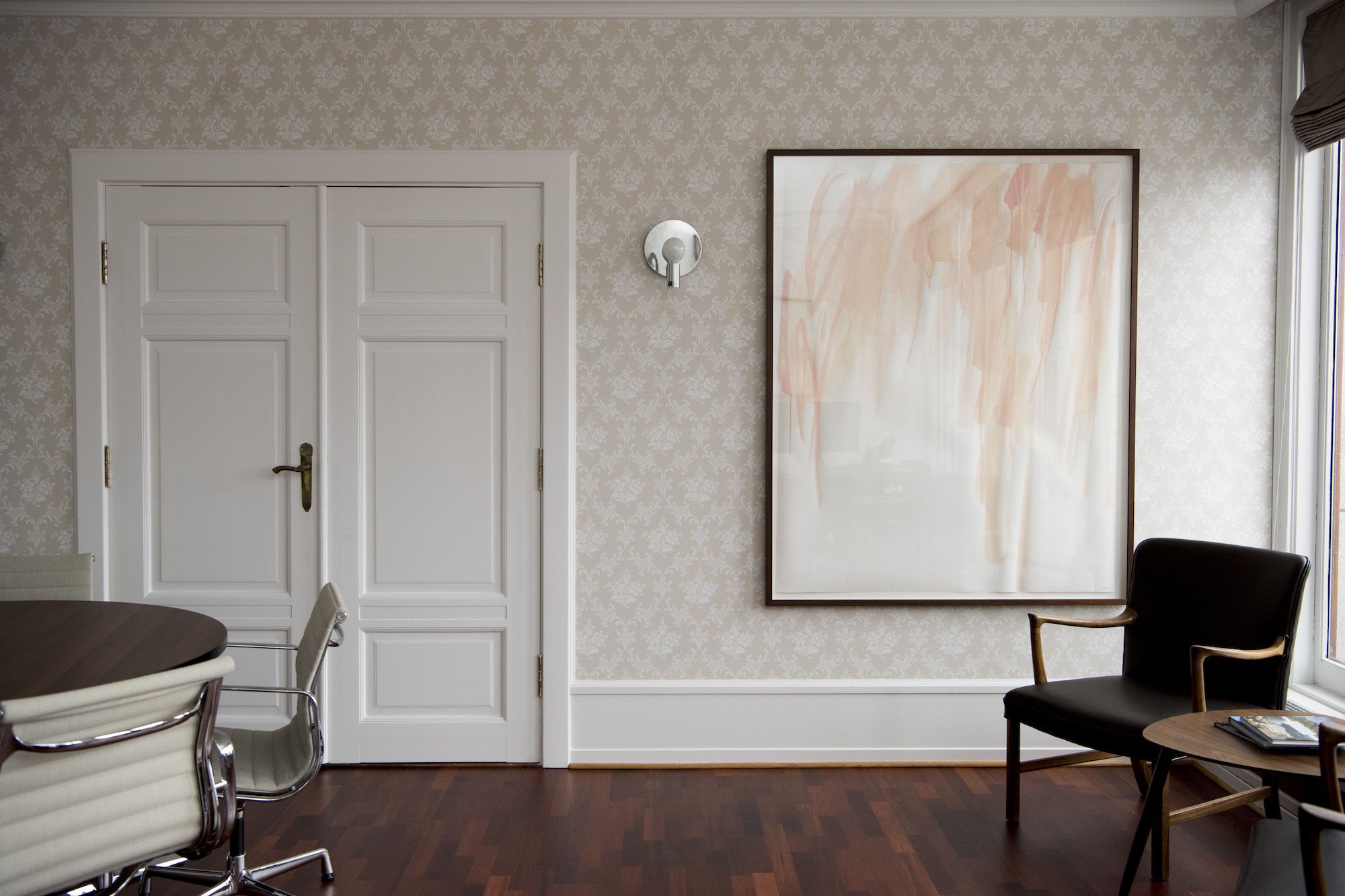Heather Jones: You’re very well known for your involvement in running the independent project space Prosjektrom Normanns, but also have your own individual artistic practice. How do you balance running a space and making your own work, as well as carving out an artistic identity separate from the gallery space?
Margrethe Aanestad: This is a complex thing I think everyone who´s an artist and also active in running a space or similar initiatives is facing. Speaking for myself, it is impossible to separate the two, because curating and artistic dialogue are both a part of my practice. I have been initiating, curating and producing work since 2001. Through working with Prosjektrom Normanns, I am continuously in touch with my network that springs from both of my own artistic work and my work directing the space and the activities connected to both. The roles are mixed, tied, dependent and build on each other, both for my self and how my network recognizes me. But I am first and foremost an artist, and my own art making is a life-long project. My practice and career is not dependent or part of Prosjektrom Normanns as such. So it is kind of two parallels that intertwine as long as I do both, if that’s a way to describe it. But, to separate and carve out time for my own research and production is challenging while doing both, and some periods it works better than others. Elin Melberg and I are working with PN every day including weekends, and there is always something that is urgent. To set aside space and time for my own thought process and production can be very challenging, but we are conscious about it, and it comes in waves. We just work a lot!
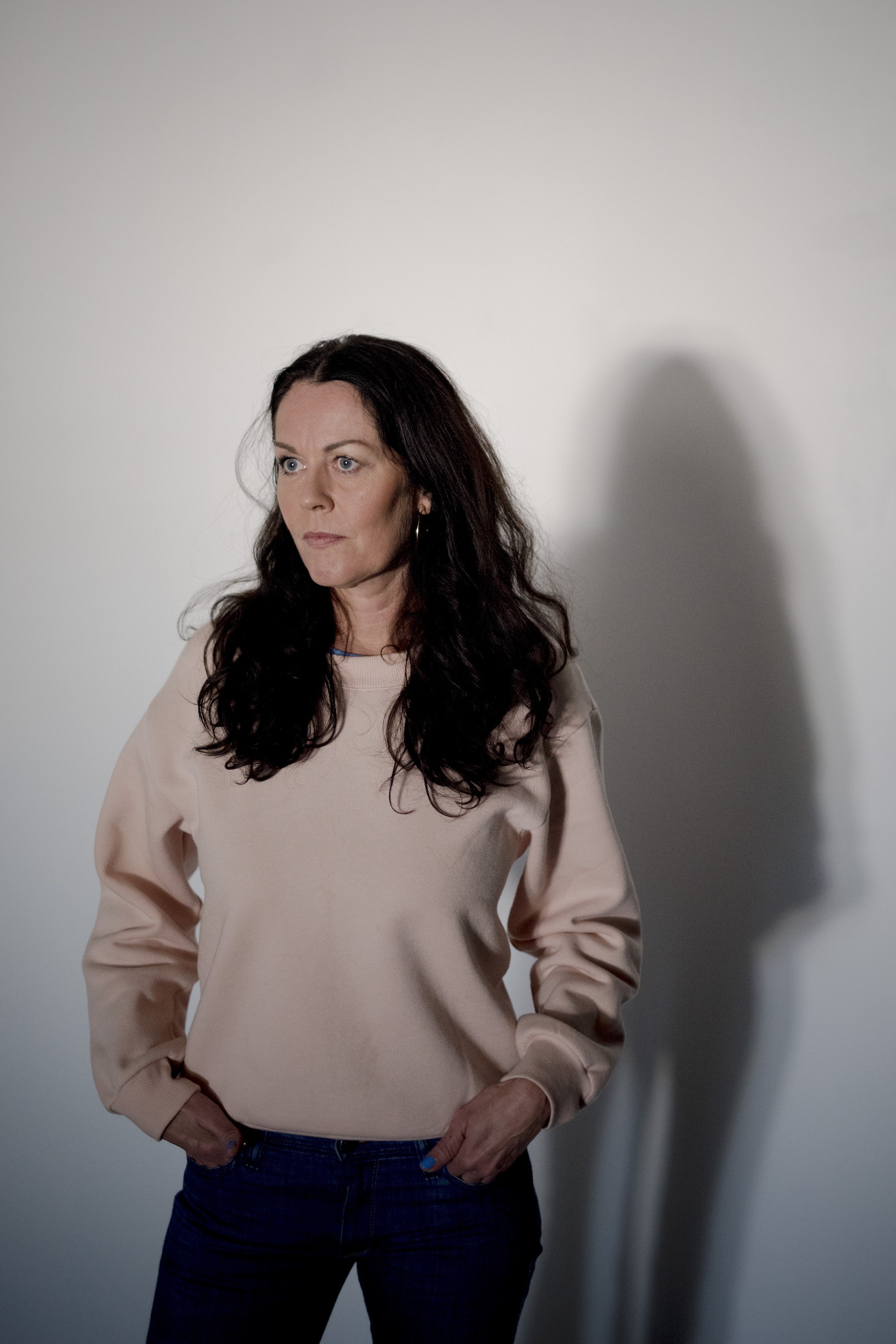
HJ: In earlier conversations we’ve discussed the loneliness that is common to many artists. Can you discuss this loneliness – is it specific to working here in Stavanger, and why do you persist in making your artwork?
MA: The loneliness I think comes with the role – or calling – in life as an artist. When insisting you have something to contribute that matters, that has to do with very personal artistic creation and reflection, I think the loneliness counts for wherever you choose to work, and is not special for Stavanger. To be persistent, able to disconnect from what is going on around that is disturbing, and to follow your heart, is lonely. As an artist you also get a lot of comments, suggestions and advice of all kinds, so you have to stay strong in what you really want and think for yourself. That is a lonely job. It is also in general lonely to be your own boss, employer, manager, schedule organiser, grant writer, producer, advisor and communicator. And it is at the same time very, very satisfying.
I persist in making work because there is no other option. It is a part of who I am, how I think and live. Not making art makes me feel incomplete.
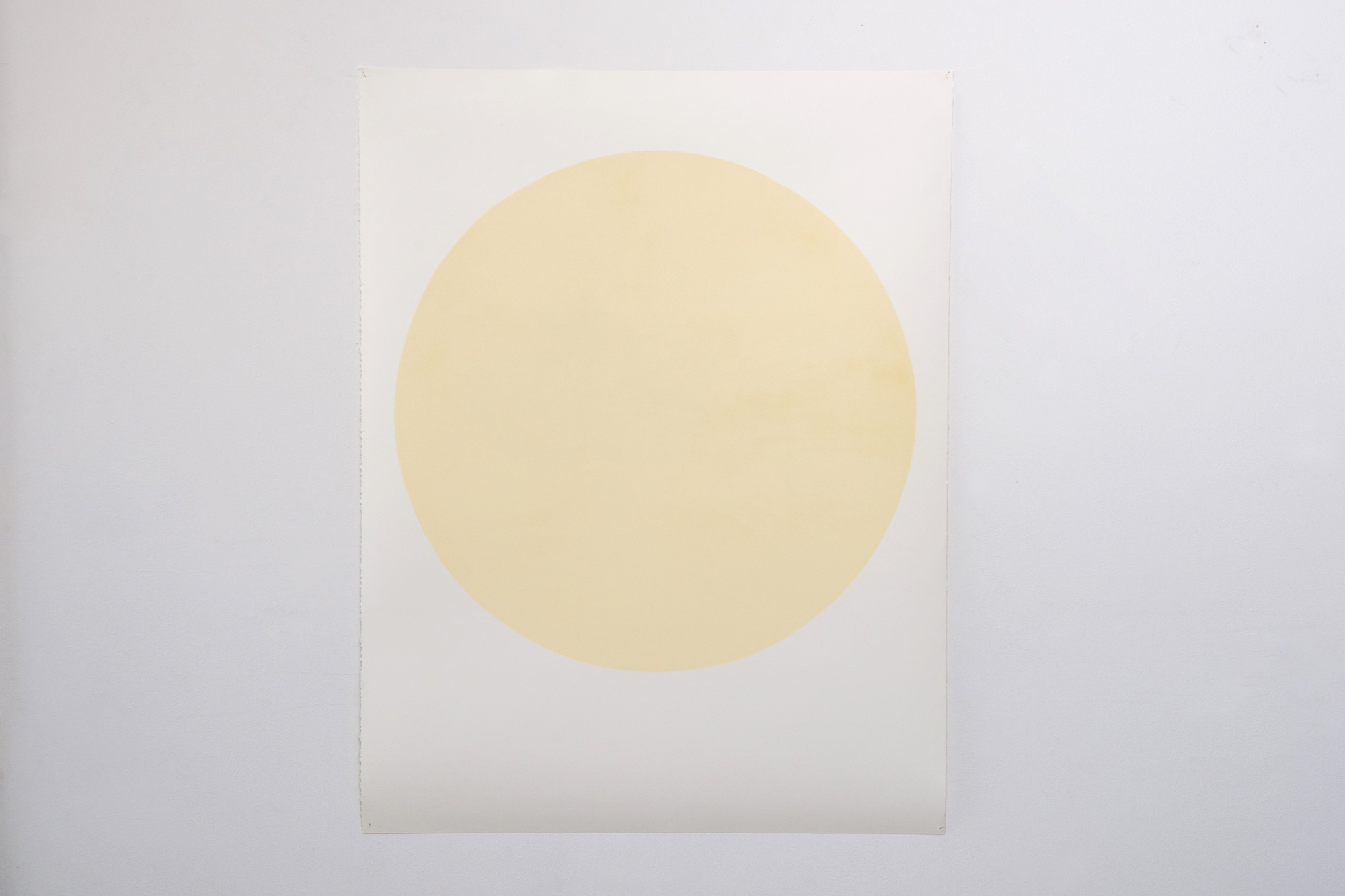
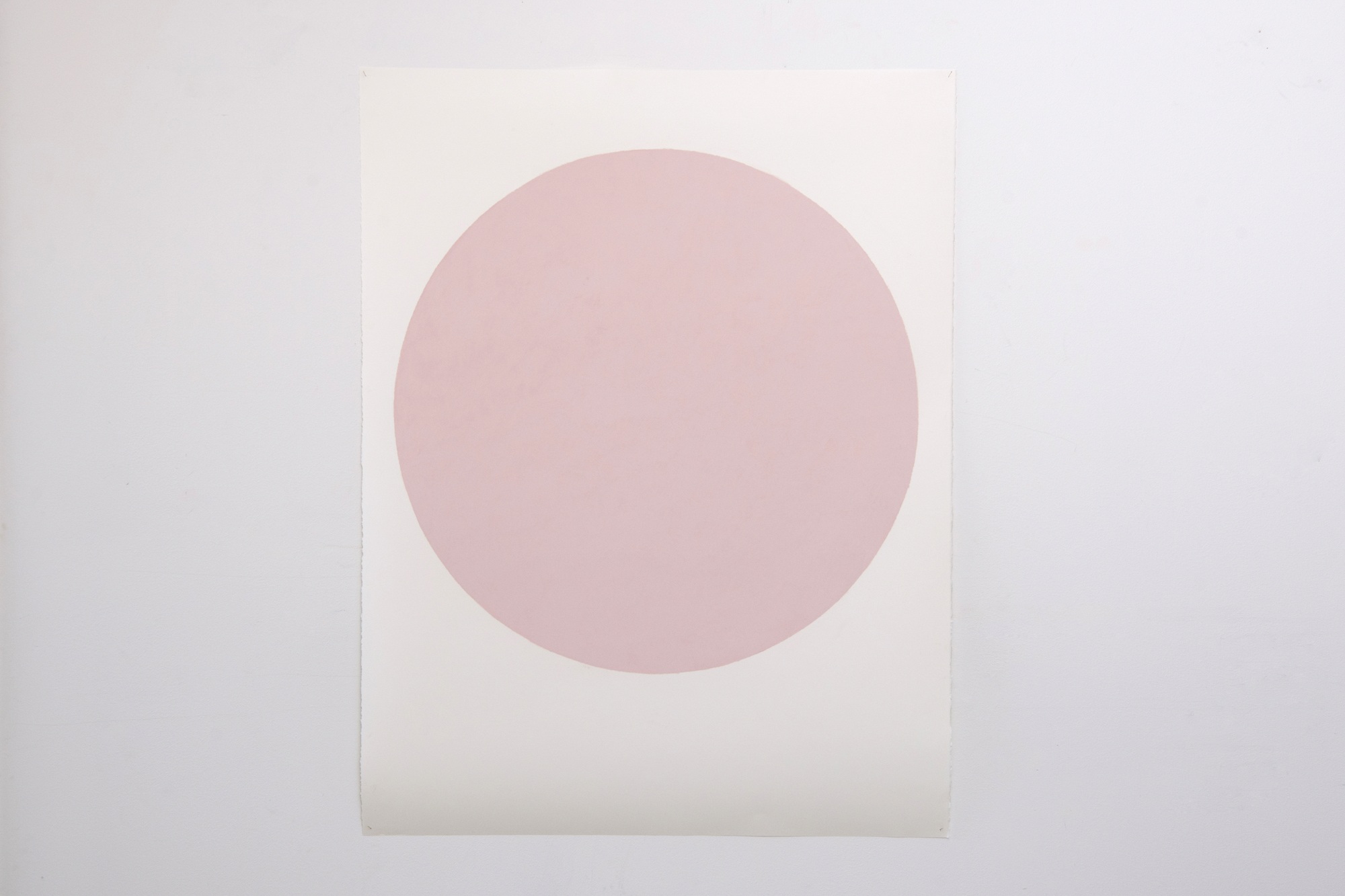
HJ: You often refer to non-figurative abstraction as a language and a way of understanding for you. How did you arrive at this visual language?
MA: I have never decided actively to work in abstraction. It is natural for me. This is what comes out in the making. Since I was little, I have always been drawn towards the so-called non-representative, abstract language in the arts. It contains a lot, it speaks to me – the ambiguous, subtle and strong, the vague and the overwhelming – the contradictions, all simultaneously – as small representatives or bearers of what is universal, yet personal, in existence, impossible to grasp completely. I like to disappear into it. And I am very fascinated by qualities and nuances in and between different materials and techniques. This is reflected in my use of materials and expressions, I go between opposites, and am drawn to contrasts. The term abstraction though, its not an easy one. I don´t make abstractions or simplifications of something that is not. I like to see it as pure, real reflections, containers or expressions of human experience and nature, which is already in many ways impossible to know completely. I try to grasp parts, moments.
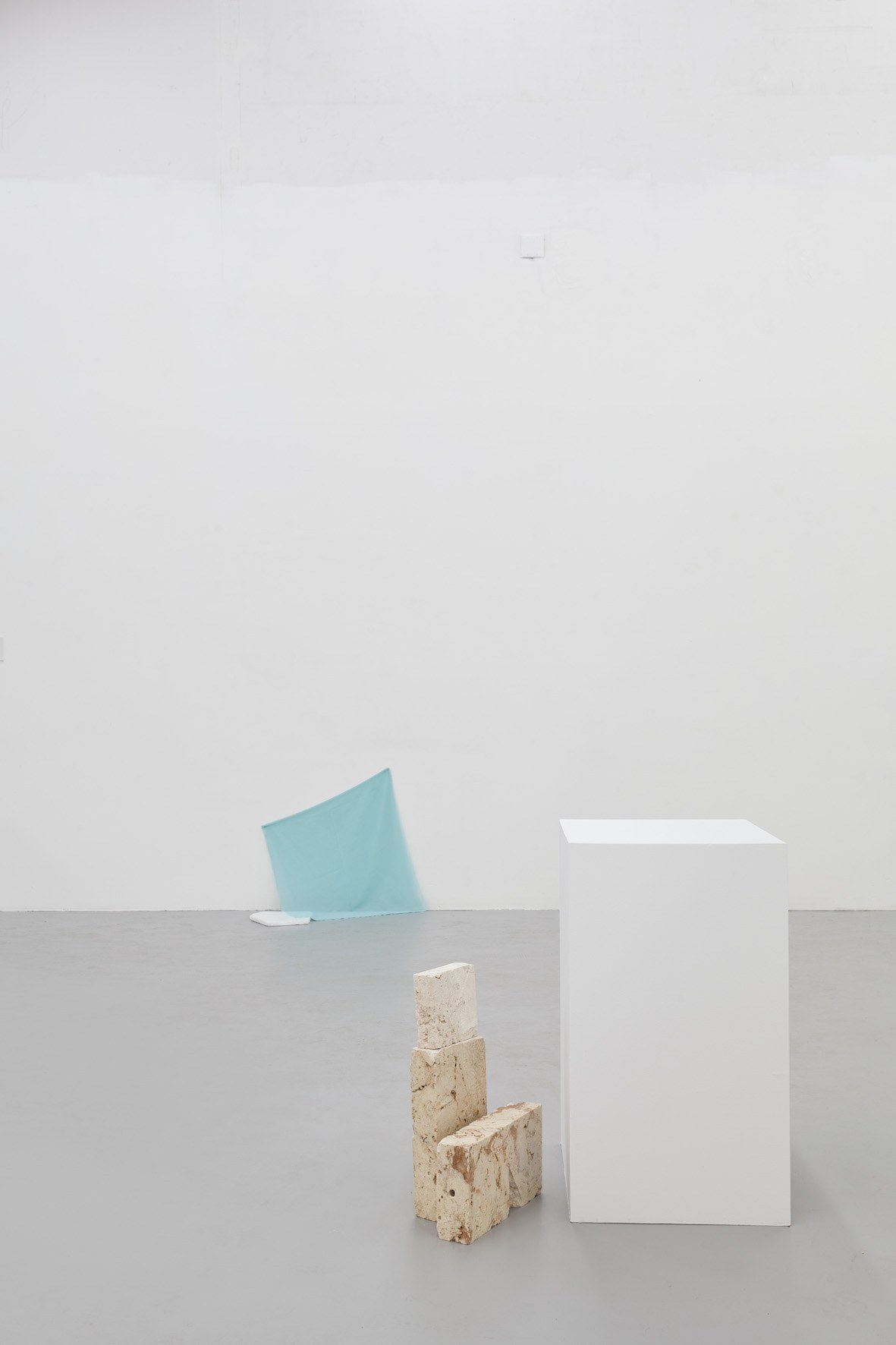
HJ: When we met earlier, you mentioned feeling very connected to a “family tree of artists.” From what art historical sources or figures to you draw inspiration?
MA: What I mean with this expression is that when you grow up and find out about art and realize that there are humans throughout history that have created work you feel related and connected to, like a common understanding, that is crossing the notion of time, it is more a familiar notion of relationship. From history I am very much an admirer of Early Italian Renaissance, Byzantine paintings and mosaics, even parts of Romanticism, Symbolism, Japanese painting….and some American Abstract Expressionists such as Mark Rothko and Clyfford Still. I love James Turell, Olafur Eliasson…..The Norwegian weaver Frida Hansen, painters Lars Hertervig and Olaf Lange (all three born in Stavanger) are of huge inspiration, and sculptors like Barbara Hepworth. For me there is a line between all of these, that has to do with room and space and trespassing into something else.
As for contemporary artists, there are many. At the moment I am inspired by Nathlie Provosty, an American painter I have seen works by in New York several times. Ann Iren Buan, Anders Sletvold Moe, Ane Graff, and Elin Melberg are very gifted and amazing Norwegian artists, and I love the works by the two Miami-based artists Frances Trombly and Leyden-Rodriguez Casanova, and Sky Glabush (Canada) for instance. I could go on and on. I really love those artists’ work and also am so glad to be fortunate to collaborate with many of them through our work with Prosjektrom Normanns.
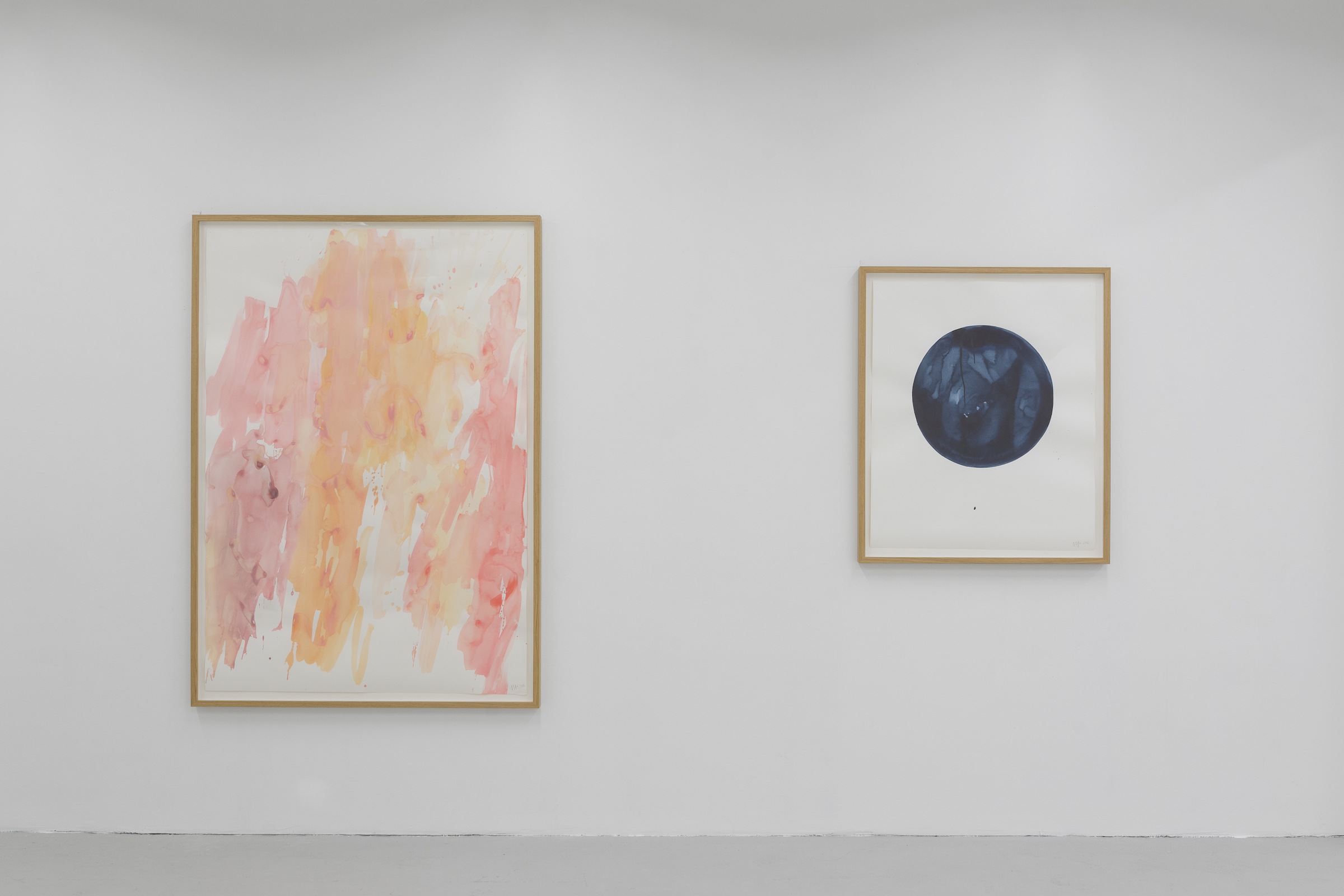
HJ: You also once said to me “Everything I do has to do with presence.” Can you elaborate on how this desire to create a sense of presence is manifested in your work?
MA: In my work I want to carry through a nerve, a personal presence that the viewer can experience. I try to make an opportunity to spend time and to experience something that makes connection with oneself. Calmness, silence, or chaos. Contemplation, if you will. Overall, my work is about eliciting a sensation that opens up for presence. Either my meditative time-consuming pastel-drawings or quick, almost careless, brush strokes, or placing and composing objects in a certain way so they make a place, have breath. Steadiness, calmness or chaos, improvisation, all require presence.
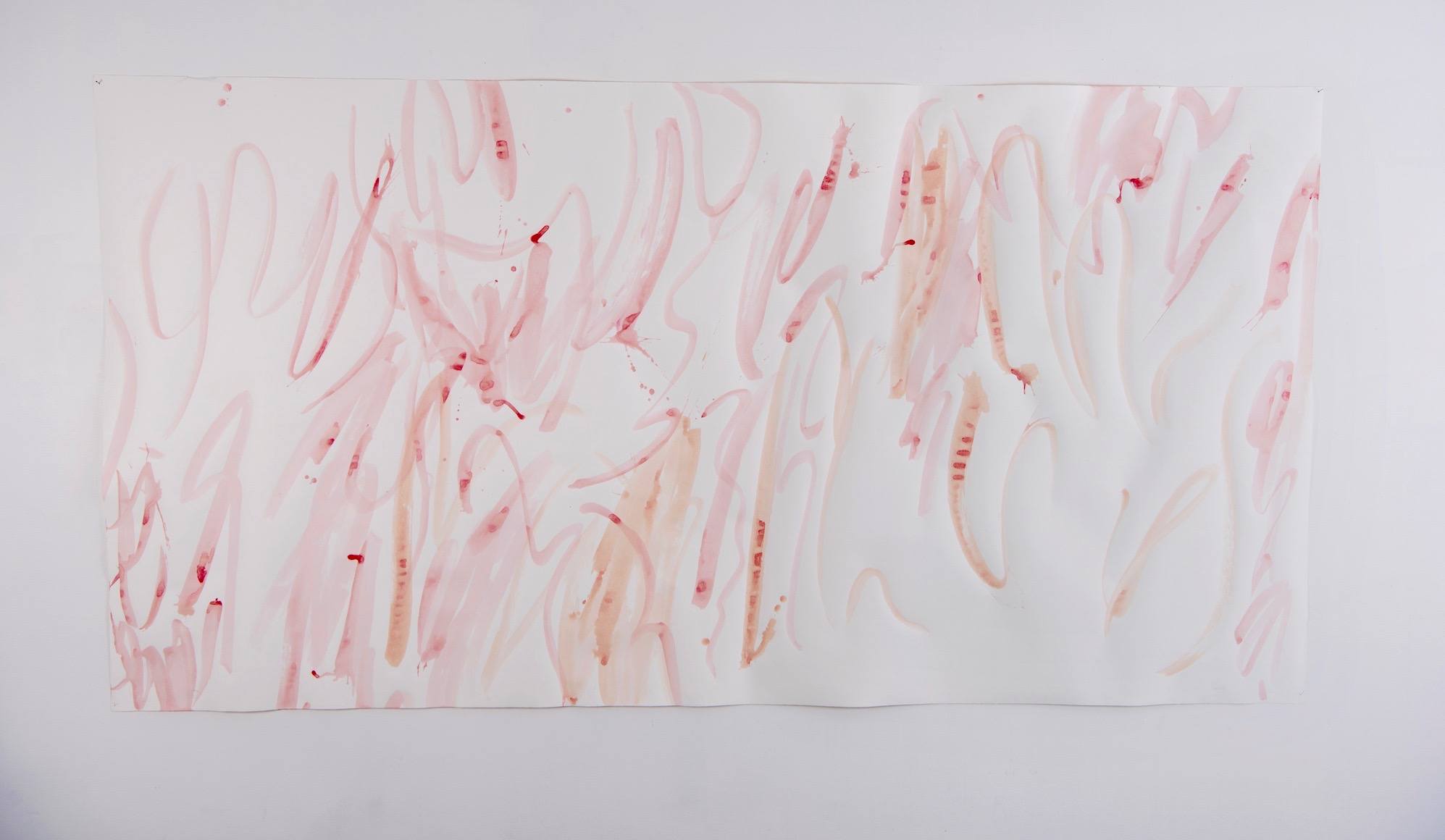
HJ: There is often a misunderstanding of how abstract art is created. Can you talk about your process for creating the works – both in your studio and in external spaces like your recent project on Sølyst?
MA: My process for creating is to start with the materials and formats, and an idea of where it will end as work and what energy I want to create. I have that inside me. I cannot plan something completely and then make it. I need the tension and to not know. I always spend the time to build up a certain energy, a focus. Both in the studio and outside. Then I just start and see how it goes, and I often work on several pieces simultaneously. Before I start I know more how I want my feeling to be, than how the finished piece should be. And sometimes I surprise myself and make something I feel strongly for, and had no idea it was coming.
For the project at Sølyst, I was there to explore the nature and atmosphere a couple of times before I decided what to do. What really struck me out there was the silence, the remoteness from everything, the sun, shifting light and the wind. The wind also as an unpredictable element. It is quite rough there along the seaside, so the wind can be very intense – and also very soft, gentle. I decided to put up six various textiles in the trees, over a larger area. They formed a whole composition, as freely hanging moving objects, involving the shifting light in the woods and varying intensities of the wind. The textiles became sculptural beholders and reflectors of the winds changing rhythm and force, and transparent qualities will let the light pass through. Resembling canvases, veils or flags, in all kinds of weather during the fall, they changed between slow, almost invisible movements to extremely intense, flying horizontally. I wanted to create an awareness of the elements, what you cannot necessarily see, to let the nature work and become a partner in the result. The textiles were there for a month, and transformed and changed over time because of the sun and weather, resulting in kind of records of a certain time at this specific place. At the moment the textiles are stored in my studio and I wonder how to take them further.
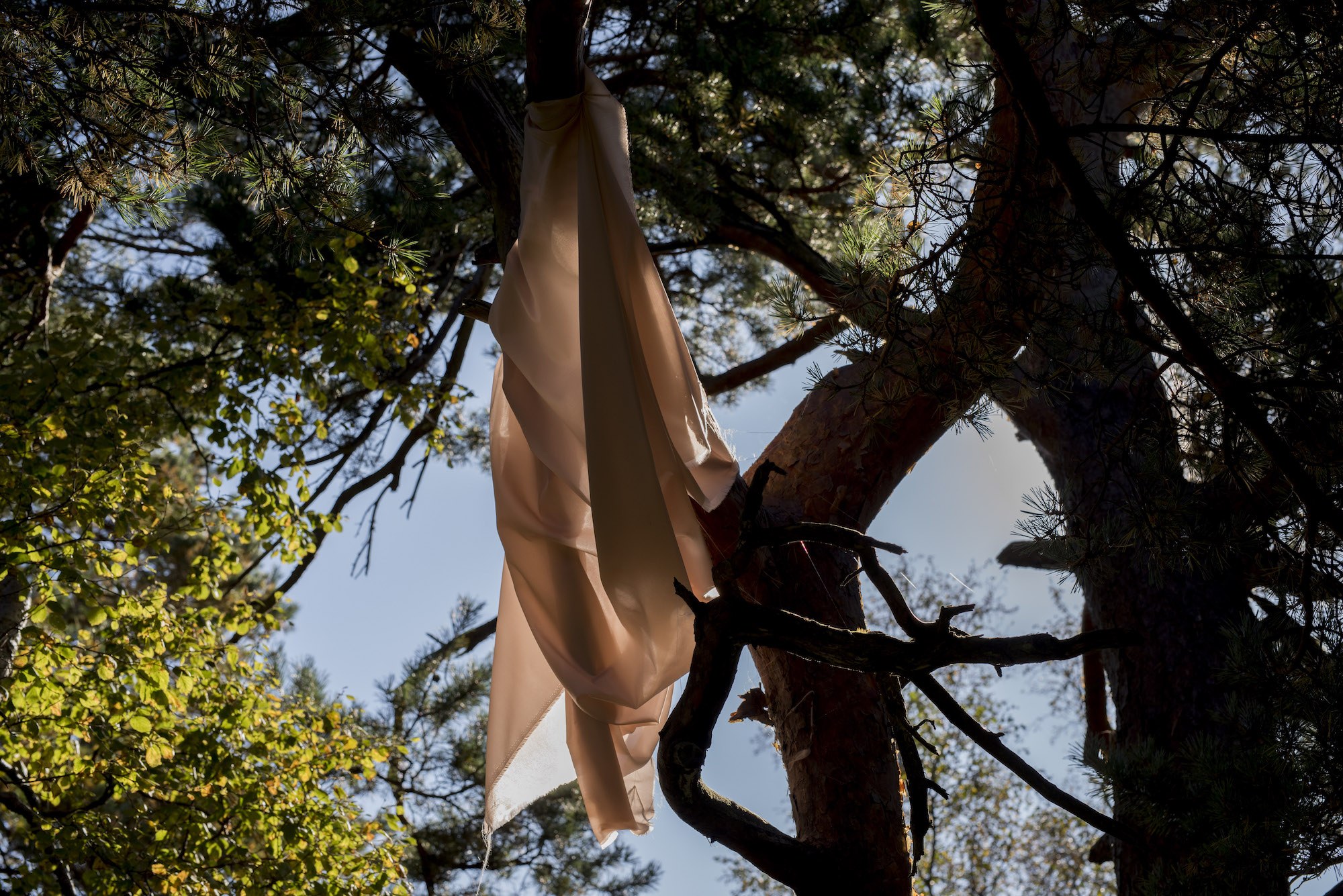
HJ: Returning once again to the idea of balance – much of your work is seductive and beautiful with soft tones and watercolor washes, but other works are hard-edged and dark. Can you talk about the role of beauty and subtlety in your work and how you attempt to balance that?
MA: Those qualities have different roles. My work alternates between fragile and quiet phrases, and more powerful and explosive, expressive ones, and sometimes in between. I am fascinated by the idea of the infinite and eternal versus volatile and disappearing moments; the vulnerability we have as human beings – and how life can remind us of the capricious temperament in nature and the universe, where chaos and vanishing exists parallel to calm, balance and silence. I like to let the lightness in my work almost seem like nothing, like sketches, a beginning or nearly disappearing, and like you say, kind of seductive, delicate, floral, but still there insisting. In the darker works it is intensity I am looking for, like layers one cannot pass, or the vastness of darkness, overwhelming, threatening. The unpredictable factor needs to be there for balance. Although, I have always thought that great art, in all genres and forms, reminds you that you are alone, that everything as we know it has a certain fragility. Existence can be so beautiful, but is brutal.
